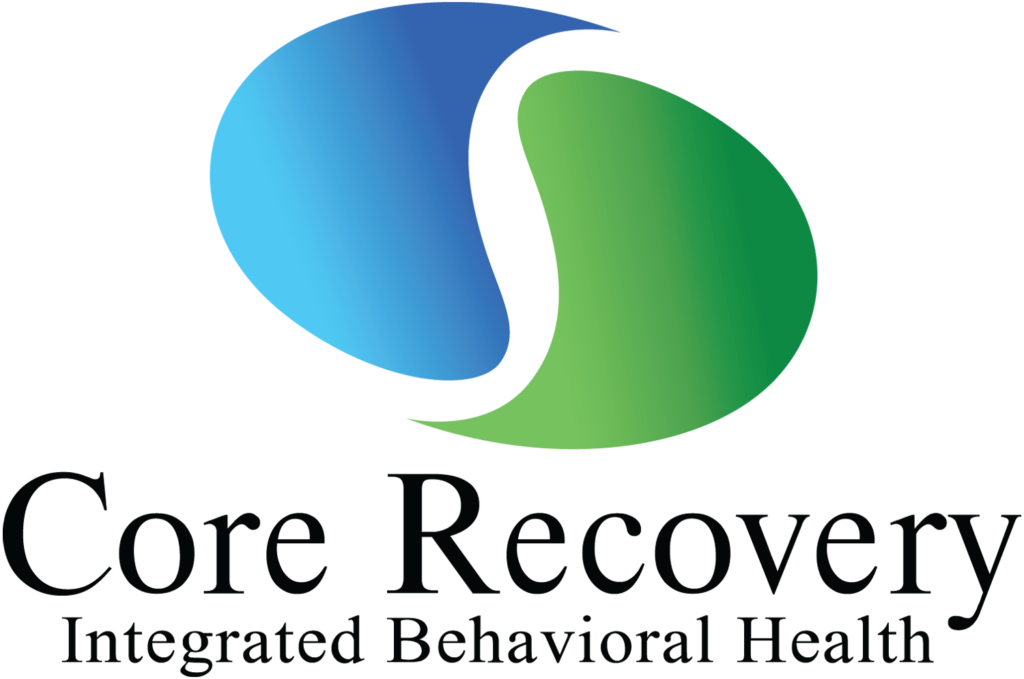Navigating the complexities of addiction treatment can be challenging, especially when considering the financial aspects. One of the effective options for many individuals is an Intensive Outpatient Program (IOP), which provides comprehensive care while allowing patients to maintain their daily responsibilities. Understanding the cost of an IOP is crucial for making informed decisions about treatment options. This guide will delve into the various factors influencing the cost and help you grasp what to expect financially. The cost of an Intensive Outpatient Program can vary widely based on several factors, including the location of the facility, the specific services offered, and the duration of the program. Additionally, insurance coverage can play a significant role in determining out-of-pocket expenses. By breaking down these elements, we aim to provide clarity and support for those seeking effective and affordable treatment solutions.
Factors Influencing the Cost of an IOP
Understanding the cost of an Intensive Outpatient Program (IOP) requires a comprehensive look at the various factors that contribute to the overall expenses. These programs offer a middle ground between inpatient treatment and standard outpatient care, providing intensive therapy and support while allowing patients to maintain their daily routines. The cost of an IOP can vary widely based on several critical factors. Here are eight primary elements that influence the cost of an IOP:

Location of the Program
The geographic location of the IOP significantly impacts its cost. Programs situated in urban areas or regions with a high cost of living tend to be more expensive than those in rural or less affluent areas. For example, an IOP in a major city like New York or Los Angeles will likely have higher operational costs, which are passed on to the patient. Conversely, programs in smaller towns or less populated regions may offer more affordable options.
Duration and Intensity of Treatment
The length of the program and the intensity of the sessions also play a crucial role in determining the cost. Programs can range from a few weeks to several months, with varying frequencies of sessions per week. A program that requires daily attendance will generally be more expensive than one that meets a few times a week. Additionally, the total duration of treatment directly correlates with the total cost—longer programs will incur higher fees.
Types of Services Offered
The variety and nature of services provided by the IOP influence the overall cost. Comprehensive programs that include a wide range of therapies, such as individual counseling, group therapy, family therapy, medication management, and holistic treatments (like yoga or art therapy), will cost more than programs offering limited services. Specialized therapies, such as trauma-focused therapy or dual diagnosis treatment, can also increase the overall expense.
Staff Qualifications and Expertise
The qualifications and experience of the program’s staff members are significant cost determinants. Programs employing highly qualified professionals, such as licensed psychologists, psychiatrists, and therapists with advanced degrees and specialized training, will typically charge higher fees. The expertise of the staff ensures a high standard of care, which justifies the additional cost.
Facility Quality and Amenities
The quality of the facilities and amenities provided by the IOP can vary widely and significantly affect the cost. High-end programs may offer luxurious settings, modern facilities, and additional amenities such as fitness centers, nutritious meals, and comfortable lounges. While these features enhance the overall experience and comfort, they also contribute to higher fees. More basic programs with minimal amenities may be more budget-friendly.
Tips for Managing the Financial Impact of an IOP
Enrolling in an Intensive Outpatient Program (IOP) is a significant step towards recovery, but the associated costs can pose a financial challenge for many individuals and families. Fortunately, there are various strategies to manage and mitigate these expenses effectively. By being proactive and informed, patients can reduce the financial burden and focus on their recovery journey. Here are eight practical tips for managing the financial impact of an IOP:
Understand Your Insurance Coverage
Before enrolling in an IOP, it’s crucial to thoroughly understand your insurance coverage. Contact your insurance provider to get detailed information about what is covered, including specific services, session limits, copayments, and deductibles. Confirm whether the IOP is in-network or out-of-network, as this can significantly affect your out-of-pocket costs. Understanding your insurance benefits can help you plan and budget for your treatment effectively.
Explore Sliding Scale Fees
Many IOPs offer sliding scale fees based on income to make treatment more accessible to individuals with varying financial situations. When discussing costs with the program administrators, inquire about the availability of sliding scale options. Providing documentation of your financial situation can help you qualify for reduced fees, making the program more affordable without compromising the quality of care.
Investigate Payment Plans
Payment plans can be a helpful way to manage the cost of an IOP. Many programs offer flexible payment options that allow you to spread the cost over several months instead of paying a lump sum upfront. This can alleviate immediate financial pressure and make it easier to budget for treatment. Be sure to discuss payment plan options with the program’s billing department to find a plan that suits your financial situation.
Look for Financial Assistance Programs
Various organizations and foundations offer financial assistance for mental health and addiction treatment. Research and apply for grants, scholarships, or aid programs that can help cover the cost of an IOP. Many non-profit organizations are dedicated to supporting individuals in need of treatment and can provide valuable financial resources. Don’t hesitate to seek out and apply for these opportunities.
Utilize Health Savings Accounts (HSAs) and Flexible Spending Accounts (FSAs)
If you have a Health Savings Account (HSA) or a Flexible Spending Account (FSA), consider using these funds to pay for your IOP. Contributions to HSAs and FSAs are made pre-tax, which can provide significant savings on healthcare expenses. These accounts can be used to cover a wide range of medical costs, including therapy and treatment programs, making them an excellent resource for managing IOP expenses.
Comparing IOP Costs to Inpatient and Outpatient Treatments
When addressing mental health or substance abuse issues, treatment options include Inpatient, Outpatient, and Intensive Outpatient Programs (IOP). Understanding the cost differences among these treatments is crucial for making informed decisions.
- Inpatient Treatment Costs: Overview: Provides 24/7 care in a hospital or residential setting. Cost: Generally the most expensive due to comprehensive care, accommodation, and medical supervision. Range: Can range from $500 to $2,000 per day, with total costs running into tens of thousands for longer stays.
- Outpatient Treatment Costs: Overview: Allows patients to live at home while attending scheduled therapy sessions. Cost: Less expensive than inpatient care due to the absence of accommodation costs. Range: Typically costs $1,000 to $5,000 for a three-month program, depending on the frequency and type of therapy.
- Intensive Outpatient Program (IOP) Costs: Overview: A middle ground offering more intensive treatment than standard outpatient but less restrictive than inpatient. Cost: Moderately priced, reflecting the balance of intensive therapy and lower operational costs. Range: Generally costs between $3,000 and $10,000 for a three-month program.
- Insurance Coverage:Inpatient: Often covered by insurance, but coverage can vary and may include high out-of-pocket costs. Outpatient and IOP: Typically covered by insurance with lower copays and deductibles compared to inpatient care.
Conclusion
Understanding the cost of an Intensive Outpatient Program (IOP) is crucial for making informed decisions about mental health and addiction recovery. While the expenses can vary based on several factors such as the type of therapy, duration, and individual needs, the investment in an IOP is often a valuable step toward lasting recovery. At Core Recovery, we strive to offer transparent pricing and comprehensive support to ensure our clients receive the best possible care without unexpected financial burdens.
If you have any questions or need more information about our IOP services, please don’t hesitate to reach out. Core Recovery, located in Ahwatukee, AZ, is dedicated to helping you or your loved one on the path to recovery. Contact us at 602-926-7729 to speak with our team and learn more about our programs.





